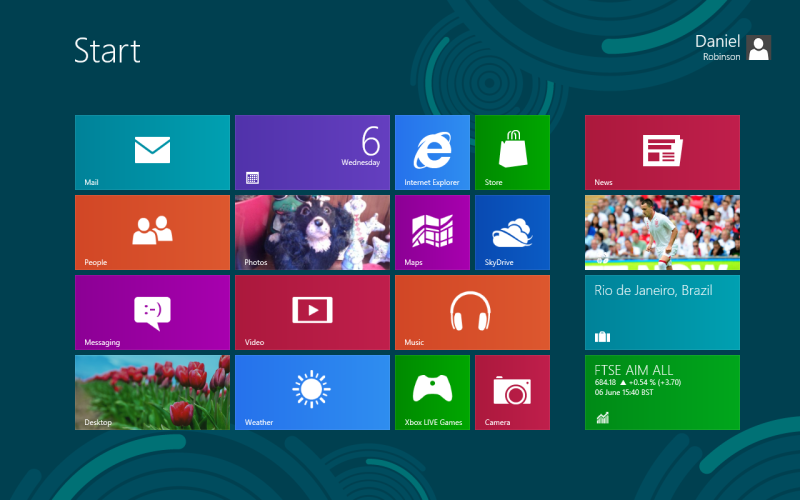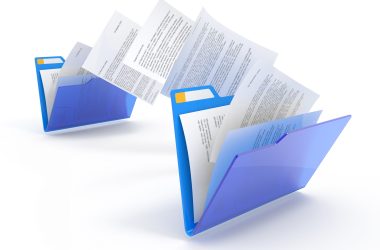Windows 8 represents a dramatic shift away from the format that long-time PC users have grown accustomed to. Â Increasing focus on newer elements like touch-screen compatibility and integrated cloud services have transformed Windows 8 into something entirely different than its predecessors. Â Having said that, some people are going to love it while others might be wishing for a return to the format(s) of the past. Â Regardless of how you feel about the Windows 8 OS however, you have to admit that it is in many ways, technologically superior to previous incarnations bearing its namesake.
The most noticeable change (between OS 7 & 8) is the UI (user interface). Â In short, what we have now is a much more sleek and polished layout that completely eliminates the typical clutter and helps users find exactly what they’re looking for much faster. Â Although this is an unfair comparison in terms of capabilities, the UI found in Windows 8 is similar in layout with the one deployed on an XBOX 360. Â In other words, the focus with Windows 8 appears to be on making everything more accessible for the average person.
From a technical perspective, Windows 8 is a complete breath of fresh air. Â Arguably, this might very well be the most functional and complete version of any Windows OS in existence (and right out of the ‘starting gateâ, no less). Â In other words, the minor technical glitches and ‘bugs’that tormented users of past OS’s are absent, having been replaced with rock-solid functionality. Â Likewise, Windows 8 is one of the only operating systems currently in existence which can truly drive virtually any computer / device. Â But only if for PC’s, tablets, and laptops that have the appropriate specs:
1GHz or faster CPU
Support for PAE or PAE-NX Physical Address
1GB of RAM (2GB for 64-bit systems)
20GB of hard drive space
DirectX 9 graphics card (with WDDM driver)
One of the most interesting additions to Windows 8 is the latest MS office (a.k.a. Office 13) which is driven via cloud computing courtesy of SkyDrive. Â But that’s not the only cloud-ready feature of Windows 8, there’s also support for Azure. Â Basically, Microsoft seems to be positioning itself to not only make better use of cloud technologies, but to also deliver emerging cloud apps through Azure. Â This will certainly drive competition up for Apple’s iCloud and ensure that a vibrant marketplace full of compatible apps, software and services will materialize.
Whether you’re looking to upgrade your OS, explore the new UI features, or simply take advantage of its cloud capabilities, Windows 8 is definitely a winner.  Sure, this entire OS project could be seen as an enormous risk for Microsoft, but they’ve got an excellent product to sell that actually works quite well (pretty much trumping the expectations of the past). To make real advatange of this system, you will want to have a tocuh screen computer / tablet. Tradditional desktops without touchscreen won’t see too many advtanges from the new system. However, Windows 8 is an extremely versatile and intuitive OS that offers clear advantages and improvements over their past efforts, and it’s definitely (at the very least) worth checking out.










